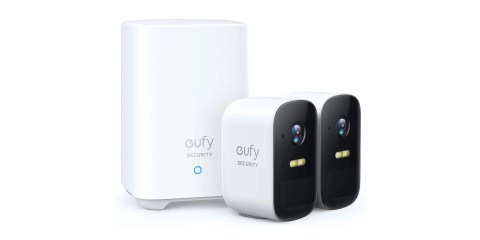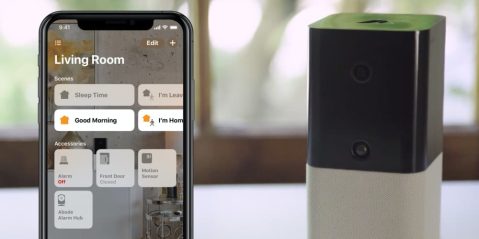
Making The Grade is a weekly series from Bradley Chambers covering Apple in education. Bradley has been managing Apple devices in an education environment since 2009. Through his experience deploying and managing 100s of Macs and 100s of iPads, Bradley will highlight ways in which Apple’s products work at scale, stories from the trenches of IT management, and ways Apple could improve its products for students.
Earlier this week, I attended the ISTE 2018 conference in Chicago. If you’ve never visited Chicago, I highly recommend it. This visit was my second this year, and it’s becoming one of my favorite cities.
In years past, ISTE was all about the iPad. It was about iPad accessories, iPad accessories, and iPad accessories. That has certainly changed with the growth of Chromebooks, but Apple still remains a dominant force in K–12 markets.
One of the trends I’m noticing in K–12 is the move to services. Instead of companies trying to sell you Chromebook or iPad accessories, they are selling you subscription access to curriculum and services that work on iPad, Chromebooks, and desktop.
From a business perspective, this makes a lot of sense for companies. They get recurring revenue from schools instead of relying on individual purchases. For schools, it begins to make a lot of sense as well. Recurring payments for something you rely on works. Instead of making an initial upfront purchase for an app, you can pay a little each month or year. By making regular payments for apps and services, those companies have a vested interest in maintaining the products.
This onslaught of services has created a problem for IT administrators everywhere. At my school, we rely on about five services every single school year. We’re generally pretty happy with them and how they perform. I don’t even mind the price we pay each year.
What I am not satisfied with is the onboarding for new users. From about mid-July to the mid-August, I spend my time downloading CSV files from Renweb, tinkering with the format, creating usernames, making up passwords the students can remember, and then uploading them elsewhere. It’s a tedious process, it causes us to use insecure passwords, and creates a tech support nightmare as students struggle to remember all of their passwords.
What K–12 needs is a universal login system. This feature would allow us to create one identity for students that follow them across their email, student information system, and all of the apps we use.
Unfortunately, there is no perfect solution yet. Google supports logging in with G-Suite wherever it’s available, but it’s limited in where it’s offered. While Apple offers iCloud accounts for students, this service doesn’t help us with logging into third-party apps.
A solution that looks promising is Clever. Clever is a single sign-on service for K–12. Here’s the interesting pitch: it’s free for schools to use. Clever makes money by charging the applications that want to integrate with it. It’s a pretty simple pitch:
Schools who use Clever get a free SSO (single sign-on) service that is geared towards education.
Applications that integrate with Clever can promote ease of deployment to potential customers.
This service is exactly the kind of simplicity a school district needs. Rolling out new applications don’t require setting up new student accounts. They simply log in with their Clever account. They’re boasting over 60,000 schools and 3 million users, so they certainly have a large customer base. For apps that want to integrate, Clever says the average charge is $.04 per user per month.
Applications purchase Secure Sync, Clever’s rostering technology, so they can focus on core business needs instead of dedicating time to complex district setups. With a Clever integration, applications avoid building and maintaining custom integrations for every district—freeing up resources and streamlining operations.
This pricing seems very affordable for services that are already charging recurring subscriptions. Schools get turnkey deployments for apps and service providers can roll out their services with ease. Offering it for free to the schools eliminates the primary reason why schools generally don’t roll out enterprise-grade SSO services.
I spoke with Dan Carroll (Clever’s Co-Founder and Head of Product) about why they started the company:
“Clever came out of my frustration as a tech director in Denver, Colorado. A huge part of my job was downloading, uploading, and rearranging CSV files – just to get programs rostered – and it was driving me crazy. I felt like a human API.”
I’ve got my eye on Clever as a company to watch in the K–12 space. They’ve got a unique business model, a growing list of services they work with, and they solve a real need.
FTC: We use income earning auto affiliate links. More.









Comments